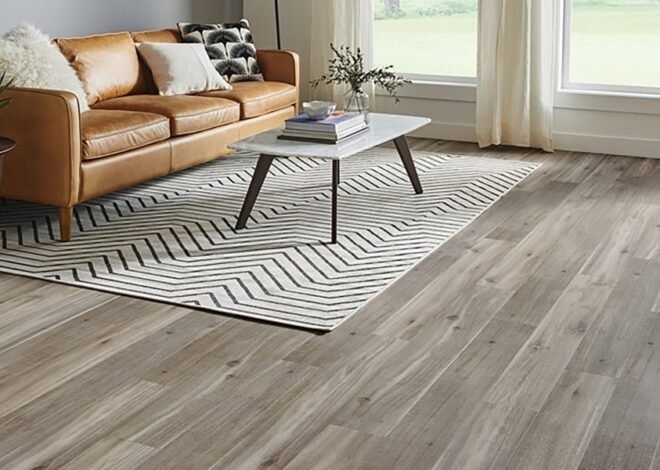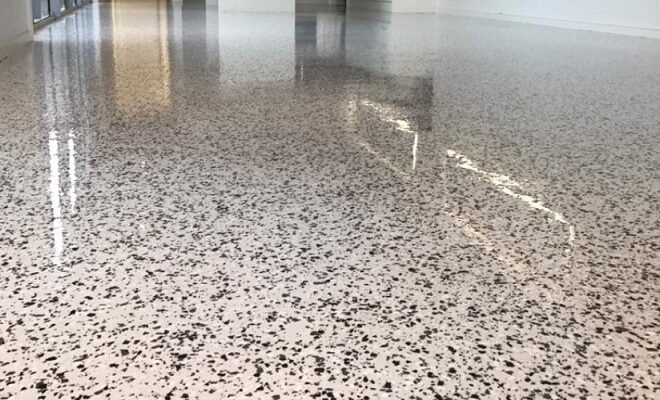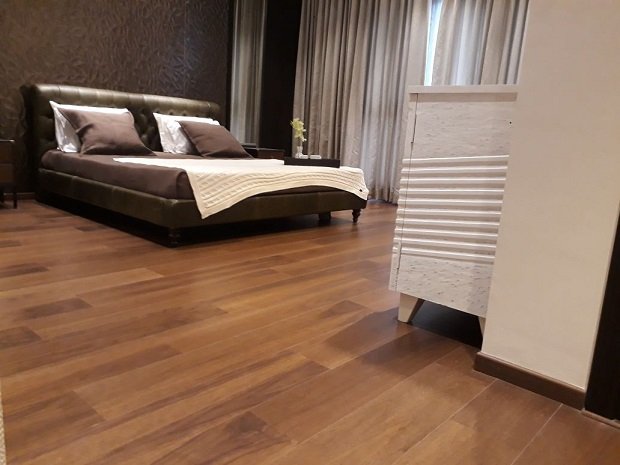
Why epoxy flooring is a suitable choice for healthcare facilities?
Healthcare facilities demand flooring solutions that meet stringent criteria for hygiene, durability, safety, and ease of maintenance. Epoxy flooring has emerged as a popular choice for hospitals, clinics, and other medical environments due to its numerous benefits. This article explores why epoxy flooring is particularly suitable for healthcare facilities, highlighting its key features and advantages.
Hygiene and Cleanliness
One of the most critical requirements in healthcare settings is maintaining a sterile and hygienic environment. Epoxy flooring excels in this aspect due to its seamless and non-porous nature. Unlike traditional flooring materials that may have seams, grout lines, or joints where dirt and bacteria can accumulate, epoxy floors form a continuous surface that prevents microbial growth. This characteristic is essential for maintaining high levels of sanitation in areas such as operating rooms, laboratories, and patient rooms.
Moreover, epoxy flooring is resistant to a wide range of chemicals, including disinfectants and cleaning agents commonly used in healthcare facilities. This chemical resistance ensures that the flooring can withstand frequent cleaning and sanitization without deteriorating, thus maintaining a hygienic environment over time.
Durability and Longevity
Healthcare facilities experience high foot traffic and the constant movement of heavy equipment. Therefore, the flooring must be robust and durable to withstand these demands. Epoxy flooring is renowned for its exceptional durability, capable of enduring heavy loads and high traffic without showing signs of wear and tear. Its strong adhesive properties allow it to bond effectively with the underlying concrete, creating a resilient surface that can last for many years with minimal maintenance.
The longevity of epoxy flooring also translates into cost savings for healthcare facilities. With a longer lifespan compared to other flooring options, hospitals and clinics can reduce the frequency and cost of flooring replacements and repairs, allowing them to allocate resources more efficiently.
Safety and Slip Resistance
Safety is paramount in healthcare settings, where slips and falls can have serious consequences. Epoxy flooring can be customized with anti-slip additives to enhance its slip resistance, providing a safer surface for both patients and staff. This feature is particularly important in areas prone to spills, such as emergency rooms, laboratories, and corridors.
Additionally, epoxy flooring is available in a variety of finishes and textures, allowing healthcare facilities to choose the level of slip resistance that best suits their needs. This customization ensures that different areas within the facility can be tailored to meet specific safety requirements, further reducing the risk of accidents.
Aesthetic Appeal and Customization
While functionality is crucial, the aesthetic appeal of a healthcare facility also plays a role in creating a welcoming and calming environment for patients. Epoxy flooring offers a wide range of design options, including various colors, patterns, and finishes. This versatility allows healthcare facilities to create visually appealing spaces that promote a positive atmosphere.
Furthermore, epoxy flooring can be used to create distinct zones within a facility through the use of different colors and patterns. For example, color-coded pathways can help guide patients and visitors, enhancing the overall efficiency of the facility.
Ease of Maintenance
Healthcare facilities require flooring that is easy to clean and maintain. Epoxy flooring meets this need with its smooth and seamless surface, which simplifies the cleaning process. Spills and stains can be easily wiped away, and regular cleaning routines are more efficient due to the absence of grout lines or seams.
Additionally, epoxy flooring’s resistance to chemicals and moisture means that it can be cleaned using a variety of methods, including mopping, steam cleaning, and the use of disinfectants. This adaptability ensures that healthcare facilities can maintain a high standard of cleanliness with minimal effort.
Conclusion
Epoxy flooring offers a comprehensive solution for the demanding environment of healthcare facilities. Its seamless and hygienic surface, durability, safety features, aesthetic versatility, and ease of maintenance make it an ideal choice for hospitals, clinics, and other medical settings. By investing in epoxy flooring, healthcare facilities can ensure a clean, safe, and efficient environment that supports the well-being of both patients and staff.


